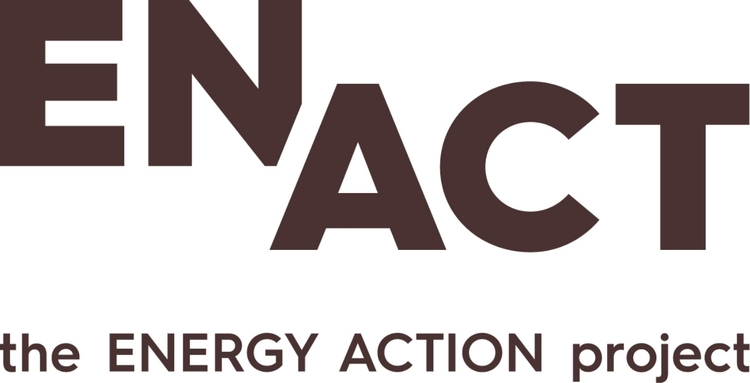Famed for its impressive castles, Scotland’s weather conditions justifiably add to such historical monuments being characterised as cold, dark and damp. Several generations later, things are not so different for ‘the commoners’: what seem, from the outside, like quaint stone homes are often equally taxing to live in. Right up to the 1960s, use of traditional building methods mean many homes lack an efficient heating system (if they have any at all), and have little or no insulation and single-pane windows.
In rural areas, a large portion of homes remain unconnected to gas mains, leaving residents dependent on oil, wood and peat for heat energy, which typically have to be bought in bulk, well ahead of actual use. Additionally, as these sources are subject to little or no regulation at the point of sale, volatile pricing often creates another layer of risk for homeowners – and is exacerbated in extreme conditions.
Energy poverty disproportionately affects rural households in Scotland. Photo: Chris Hepburn
Norman Kerr OBE, former Director of Energy Action Scotland (EAS), explains, “An immediate fill of a tank of oil might be £600-700 [€705-€802] and a lot of people may not be able to pay that money upfront. A couple of years ago, with exceptionally bad weather in the North of Scotland, many orders were placed for oil. A week later the price had risen by 50%. Now can you imagine doing your online shopping at Tesco, buying a can of beans at 14p [€0.16] and realising that by the time it comes to your door it is 28p [€0.33]? That’s what the oil companies were doing, because they knew people were desperate for oil with the bad weather.”
Almost 25% of Scottish households meet the current definition of energy poverty: that is, they spend more than 10% of household income on energy. In the Northern parts of the Highlands and Islands, the longer heating season combined with conditions described above creates a ‘perfect-storm’ for severe energy poverty. In the Western Isles, Shetland Isles and Orkney Islands, the rate of energy poverty skyrockets to 60%.
Tackling energy poverty has been core to the EAS mission since it was established 1983. “When I joined EAS [in 2005], I reckoned I would be here for ten years,” says Kerr. “We’d roll up our tents, job would be done and we’d move on.”
Instead, despite advocating for more effective initiatives, Kerr was among the advocates who watched the government miss its target of eradicating energy poverty by 2016. In the meantime, he noted significant changes in who energy poverty affects and how. Today, it is no longer older people with inefficient houses and low pensions; many younger families are facing greater financial stress. As a result, aid agencies are seeing new social impacts.
Although he recently retired, a new, more holistic policy approach – launched in 2019 – gave Kerr some hope for a better future.

